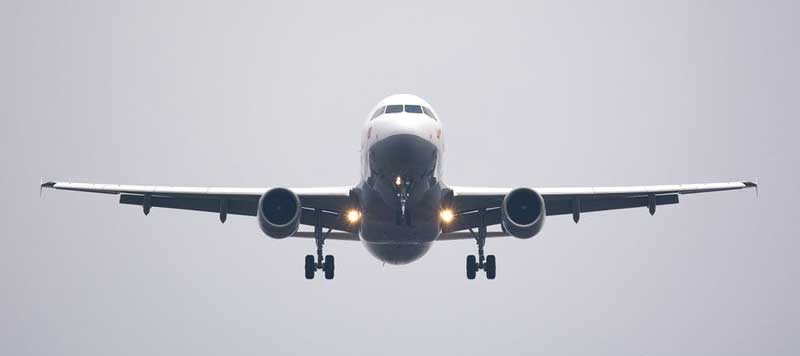
403
Sorry!!
Error! We're sorry, but the page you were looking for doesn't exist.
Yeti Airlines Plane Crash in Nepal May Have Been Caused by Human Error, Preliminary Report Says
(MENAFN) A preliminary report by investigators suggests that human error may have caused the Yeti Airlines plane crash that killed 72 people in Nepal last month. The ATR-72 aircraft, carrying 68 passengers and four crew members from Kathmandu, crashed into a 300-metre-deep gorge as it approached for landing at Pokhara's international airport on January 15.
According to the five-member committee, one of the two pilots may have operated levers that "feathered" the turboprop engines instead of using the levers to configure the aircraft's flaps for landing. This caused the engines to lose thrust and the plane to fall. The pilot flying the plane was familiarizing themselves with the approach into the recently opened airport in Pokhara, while the other pilot was monitoring.
The report stated that "the take-off, climb, cruise and descent to Pokhara was normal." At 10:56:12, the pilots extended the flaps to the 15 degrees position and selected the landing gear lever to the down position.
The take-off (TO) setting was selected on the power management panel. Fifteen seconds later, the pilot flying the plane disengaged the autopilot system at an altitude of 721 feet above ground level and then called for the flaps to be extended to 30 degrees.
The other pilot replied "Flaps 30 and descending," but the flight data recorder did not record any flap surface movement at that time. Instead, the propeller rotation speed of both engines decreased. The 14-page report was uploaded on Nepal’s Ministry of Culture, Tourism and Civil Aviation website.
According to the five-member committee, one of the two pilots may have operated levers that "feathered" the turboprop engines instead of using the levers to configure the aircraft's flaps for landing. This caused the engines to lose thrust and the plane to fall. The pilot flying the plane was familiarizing themselves with the approach into the recently opened airport in Pokhara, while the other pilot was monitoring.
The report stated that "the take-off, climb, cruise and descent to Pokhara was normal." At 10:56:12, the pilots extended the flaps to the 15 degrees position and selected the landing gear lever to the down position.
The take-off (TO) setting was selected on the power management panel. Fifteen seconds later, the pilot flying the plane disengaged the autopilot system at an altitude of 721 feet above ground level and then called for the flaps to be extended to 30 degrees.
The other pilot replied "Flaps 30 and descending," but the flight data recorder did not record any flap surface movement at that time. Instead, the propeller rotation speed of both engines decreased. The 14-page report was uploaded on Nepal’s Ministry of Culture, Tourism and Civil Aviation website.

Legal Disclaimer:
MENAFN provides the
information “as is” without warranty of any kind. We do not accept
any responsibility or liability for the accuracy, content, images,
videos, licenses, completeness, legality, or reliability of the information
contained in this article. If you have any complaints or copyright
issues related to this article, kindly contact the provider above.
Most popular stories
Market Research

- Solo Leveling Levels Up: Korean Billion-Dollar Megafranchise Goes Onchain With Story
- Freedom Holding Corp. (FRHC) Shares Included In The Motley Fool's TMF Moneyball Portfolio
- From Tracking To Thinking: Edgen's“Smart Portfolio” Brings Portfolio-Native Multi-Agent Reasoning To Asset Portfolios
- Cregis At FOREX Expo 2025: Connecting Forex With Crypto Payment
- Currency Relaunches Under New Leadership, Highlights 2025 Achievements
- Cregis At TOKEN2049 Singapore 2025: Unlocking The Next Frontier Of Adoption




















Comments
No comment